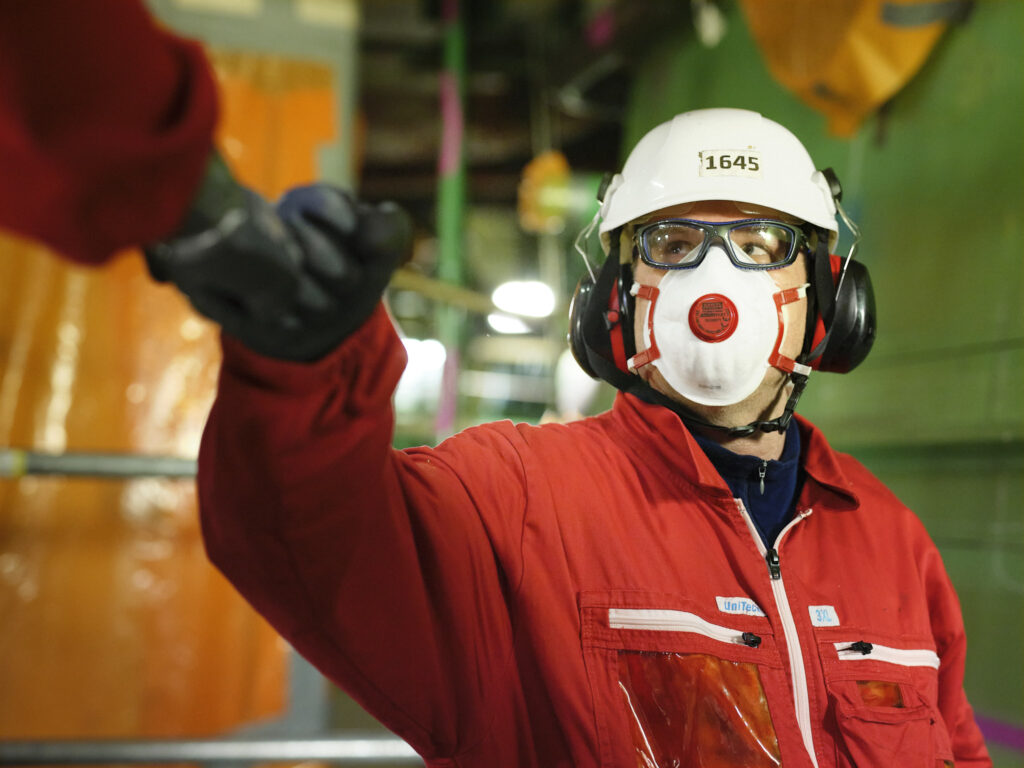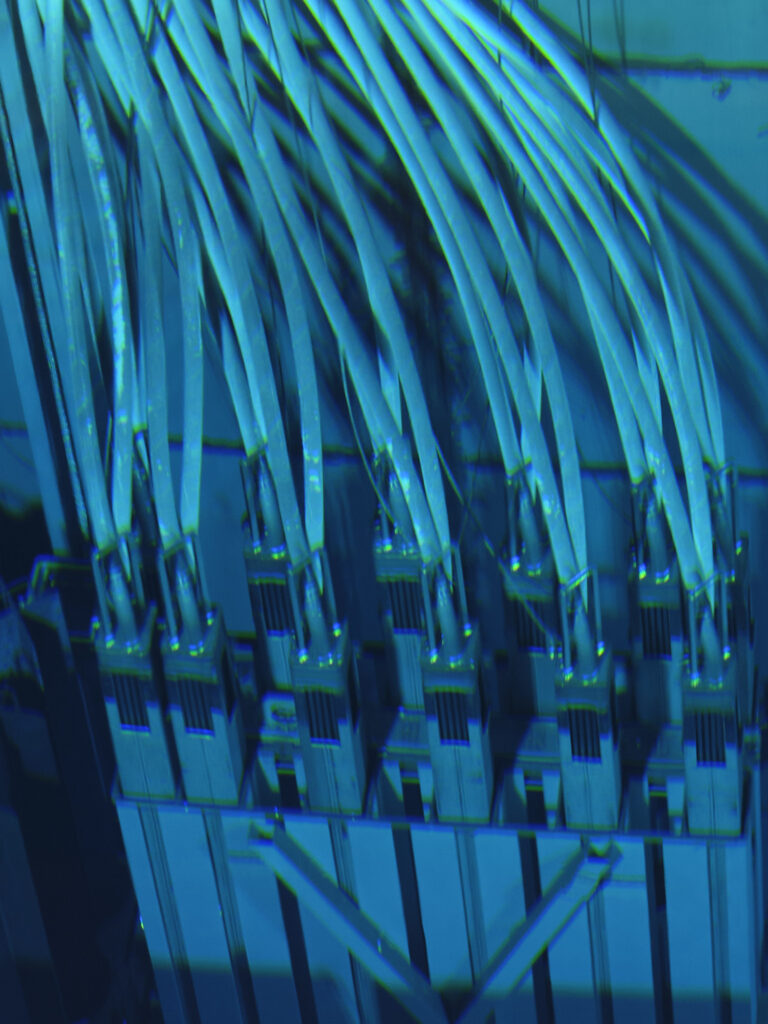


Die Eigentümer der Schweizer Kernanlagen sind gesetzlich verpflichtet, ihre Anlagen nach der Ausserbetriebnahme zurückzubauen und alle radioaktiven Abfälle sicher zu entsorgen. Sie tragen sämtliche mit Stilllegung und Entsorgung verbundenen Kosten.
Zur Stilllegung gehören alle Tätigkeiten bis zur Entlassung der Kernanlagen aus dem Kernenergiegesetz (KEG). Die Entsorgungspflicht endet, wenn die Abfälle im geologischen Tiefenlager eingelagert und die finanziellen Mittel für die anschliessende Beobachtungsphase sowie den allfälligen Verschluss des Lagers sichergestellt sind.

Für die definitive Ausserbetriebnahme einer Kernanlage erarbeiten die Eigentümer bereits während des Leistungsbetriebs ein Stilllegungsprojekt und reichen es beim Bundesamt für Energie (BFE) ein. Ist die Prüfung der Unterlagen durch das Eidgenössische Nuklearsicherheitsinspektorat (ENSI) erfolgreich durchgeführt, erlässt das zuständige Departement für Umwelt, Verkehr, Energie und Kommunikation (UVEK) die Stilllegungsverfügung.
Wird ein Kernkraftwerk abgeschaltet und erzeugt keinen Strom mehr, gilt der Leistungsbetrieb als endgültig eingestellt. Daraufhin wird der Nachbetrieb etabliert und die Anlage auf den Rückbau vorbereitet. Ist dies erfolgt und liegt die rechtskräftige Stilllegungsverfügung vor, kann das Werk endgültig ausser Betrieb genommen werden.
Der nukleare Rückbau erfolgt von innen nach aussen. Als erstes werden die Brennelemente aus der Anlage entfernt. Da das geologische Tiefenlager zurzeit noch nicht in Betrieb ist, werden sie im zentralen Zwischenlager (Zwilag) in Würenlingen (AG) oder im Zwischenlager Beznau (Zwibez) sicher zwischengelagert.
Parallel zum Abtransport der Brennelemente werden im Kernkraftwerk die ersten nicht mehr benötigten Systeme und Anlagekomponenten ausser Betrieb genommen, zurückgebaut und abtransportiert. Beim Rückbau werden die nicht-radioaktiven Komponenten aussortiert und wie herkömmliche Abfälle rezykliert oder entsorgt.
Bauteile, auf denen sich radioaktive Stoffe abgelagert haben, werden dekontaminiert bevor sie ebenfalls rezykliert oder entsorgt werden. Am Schluss werden nur noch wenige Prozent allen Rückbaumaterials als schwach- oder mittelaktiver Abfall eingelagert.
Rund sechs bis acht Jahre nach dem Abtransport der Brennelemente ist die sich im Rückbau befindliche Anlage frei von radioaktivem Material. Nachdem dies durch das ENSI bestätigt ist, gilt das Gelände des ehemaligen Kernkraftwerks als normales Industrieareal. Mit der Freigabe beginnt der konventionelle Rückbau. Die gesamte Stilllegung, von der endgültigen Einstellung des Leistungsbetriebs und der Vorbereitung, über den nuklearen sowie den konventionellen Rückbau bis zur Umnutzung oder der naturnahen Nachnutzung, dauert nach heutigem Kenntnisstand zwölf bis fünfzehn Jahre.

Lorem ipsum dolor sit amet, consectetur adipiscing elit. Ut elit tellus, luctus nec ullamcorper mattis, pulvinar dapibus leo.
Lorem ipsum dolor sit amet, consectetur adipiscing elit. Ut elit tellus, luctus nec ullamcorper mattis, pulvinar dapibus leo.